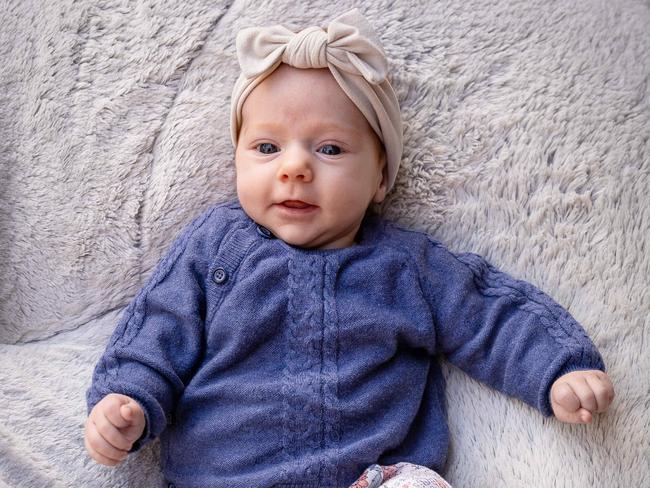Victoria’s population boom: Interactive map shows how the state has changed since 2016
Victoria has gained an extra million people since 2016, with parts of the state recording enormous growth. Search our interactive graphic to see how your area’s population has changed in the past eight years.
Victoria
Don't miss out on the headlines from Victoria. Followed categories will be added to My News.
Five suburban areas across Melbourne saw their population explode by more than 1000 per cent in eight years as the state scrambled to house an extra one million residents.
Since 2016, Victoria has grown from a state of six million to seven million, with many migrants behind that increase chasing the “Aussie dream” of owning house and land.
The five areas to have experienced the largest population boom between 2016 and 2023 were almost entirely located on Melbourne’s fringe, with the Tarneit North area topping the list.
That 14sq km pocket of land was only home to about 181 people in 2016, but now has an estimated 11,200 people spread across multiple housing estates – increasing by a whopping 6095 per cent increase.
Tarneit North was followed by Clyde North/South (5662 per cent increase) in Melbourne’s outer southeast and Tarneit West/Mount Cottrell (4947 per cent increase).
Port Melbourne’s industrial area (2166 per cent increase) and Truganina North (1034 per cent increase) rounded out the top five.
But at the other end, Braeside, Melbourne Airport and Flemington Racecourse were among the areas to have experienced the largest population decline.
Demographer Mark McCrindle said the growth on Melbourne’s fringe could partly be explained by the fact the sprawl has “no natural limits”.
“The natural barriers of the Sydney basin restrain the sprawl and lead to more densification, where Melbourne doesn’t have those same barriers, so that sprawl can continue on,” he said.
But he added that families were drawn to the outer suburbs in pursuit of the “Aussie dream”.
“Families want a house and land, particularly young couples,” he said.
“They want shiny new developments, maybe a park nearby, maybe a new school.
“It’s hard to push them into unit-living closer to town.”
Urban futurist Lucinda Hartley said most of Melbourne’s growth was on the fringe because homes were cheaper to purchase.
“But it’s not actually cheaper to buy on the fringe,” she said.
“It looks like it’s cheaper … but your lifestyle costs are greater because you have higher transport costs, higher petrol costs, higher energy costs.”
According to the latest regional population data – released in March by the ABS – Greater Melbourne increased by 167,500 people (3.3 per cent) from March last year.
Could little baby Blair be Victoria’s seven millionth person?
She very well could be.
According to fresh projections from the Australian Bureau of Statistics, the state would have hit a population of seven million in the second week of July.
More specifically, the projections suggest the milestone could have been reached on July 12.
On that same day, over in Melbourne’s booming west, Blair was welcomed into the world.
Her mum’s name? You’ll never believe it. Victoria.

Ms Holman, from Taylors Hill, said her precious bub was born 10 weeks ago in Sunshine West at the Joan Kirner Women’s and Children’s Hospital.
“It’s very exciting to think she could contribute to being the seven millionth Victorian,” she said.
Like so many of her fellow Victorians, Ms Holman migrated to the state from overseas, leaving the UK more than a decade ago and never looking back.

“My sister moved here 10 years before I did … and I came on a backpacking two-year working holiday visa … and then met my husband and never went home,” she laughed.
“We decided this is where we wanted to build our life.”
Ms Holman and her husband, who also have a son, 2, said they chose to buy a house in Taylors Hill because it was more affordable than other areas.
“It’s nice, it’s quiet and it’s not too far from the city.”
Originally published as Victoria’s population boom: Interactive map shows how the state has changed since 2016




